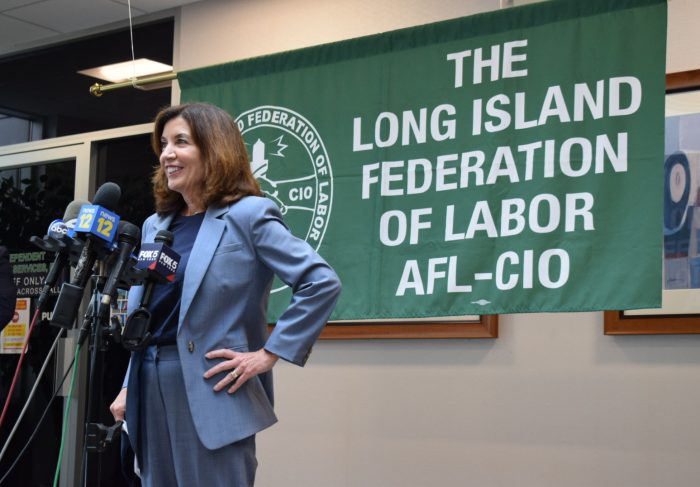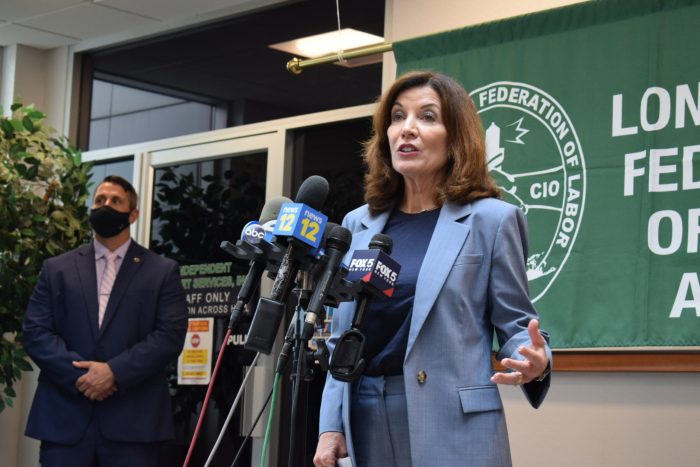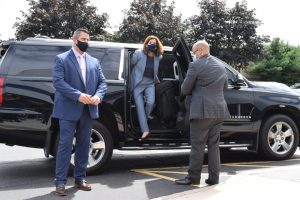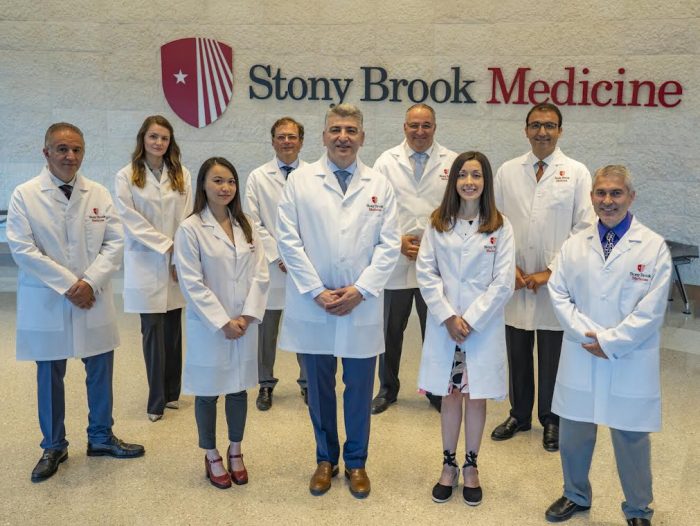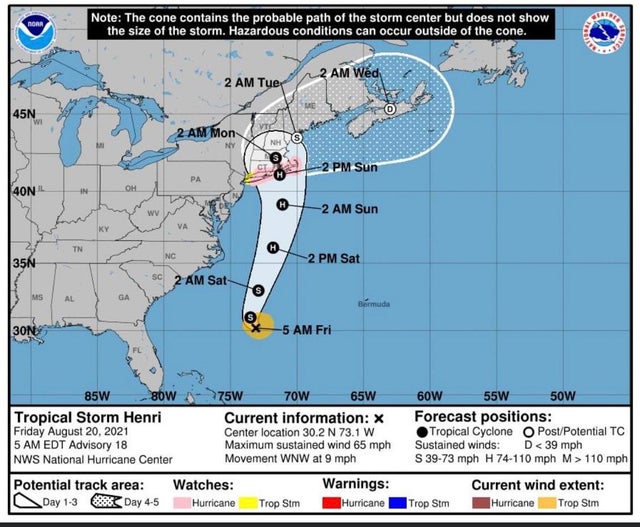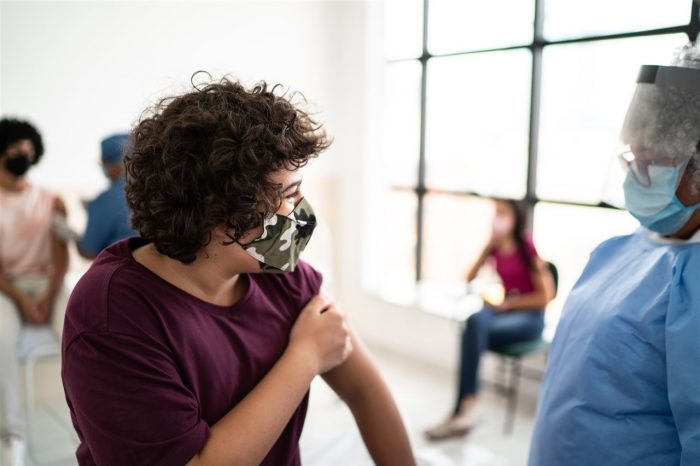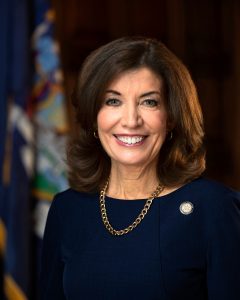By Daniel Dunaief

We packed our bags full of dreams, hopes, clothing and cliches and took our son to college. We pondered the journey, which is really what’s it’s all about, and not the destination.
My wife and I were bursting with pride, thinking about the shining light that is our son.
We wondered what advice we could offer before we returned to a house that would feel so empty without him. We thought a good rule of thumb might be to avoid harebrained ideas, although we knew we could do better at preparing him for future dark and stormy nights.
As he took his first steps onto his new campus, we encouraged him to discover the world and himself at the same time.
We shared the butterflies that fluttered among our four stomachs. Like a good soldier in our family’s mission, his sister joined us for this momentous occasion, prepared to offer her version of older sibling advice and to help find whatever item he might need in a college dorm he is sharing with a stranger he’d chosen from a grab bag of potential roommates.
As we followed the move-in directions to a tee, we could feel the electricity in the air. We drove up to an official behind a desk, who was all ears listening to him spell a last name chock full of vowels.
With bated breath and sweaty palms, we waited with every fiber of our beings until she found him on the list. We breathed a sigh of relief when she found his name and handed him a key that would open his dorm room to a new world of possibilities. As a freshman, he knew he was no longer the big man on campus he had been during his pandemic-altered senior year.
Once inside his dorm, we got down to the business of unpacking. We debated where to put his shoes even as he stared out the window, considering where he might plant his feet.
Recognizing that time was of the essence, we spring to life while unpacking his room. Standing apart in a small room full of wonders, we drew strength from our collective mission.
Slowly but surely, we removed the contents of his boxes, creating order from the chaos despite a few moments when we felt like we were all thumbs. We lined all his ducks in a row, creating neat rows of pencils, pens and notebooks on his desk and boxers, shorts, tee shirts and socks in his drawers.
After we prepared his room, we wiped the sweat from our brow, reminding him that this effort was but a drop in the bucket of the work he’d need to do in college.
We assured him he could bet his bottom dollar he wouldn’t feel like a babe in the woods or a fish out of water for long.
We could almost hear the angelic chords as the sun set in the west, where it always sets because that’s the way the cookie crumbles, or, rather, the earth rotates.
Before we left him in his new home away from home, we exchanged embraces and urged him to dance to the beat of his own drum.
We also suggested he find a healthy way to blow off steam, to recognize that a rising tide lifts all boats, to swim when it was time to sink or swim, and to play his cards right.




